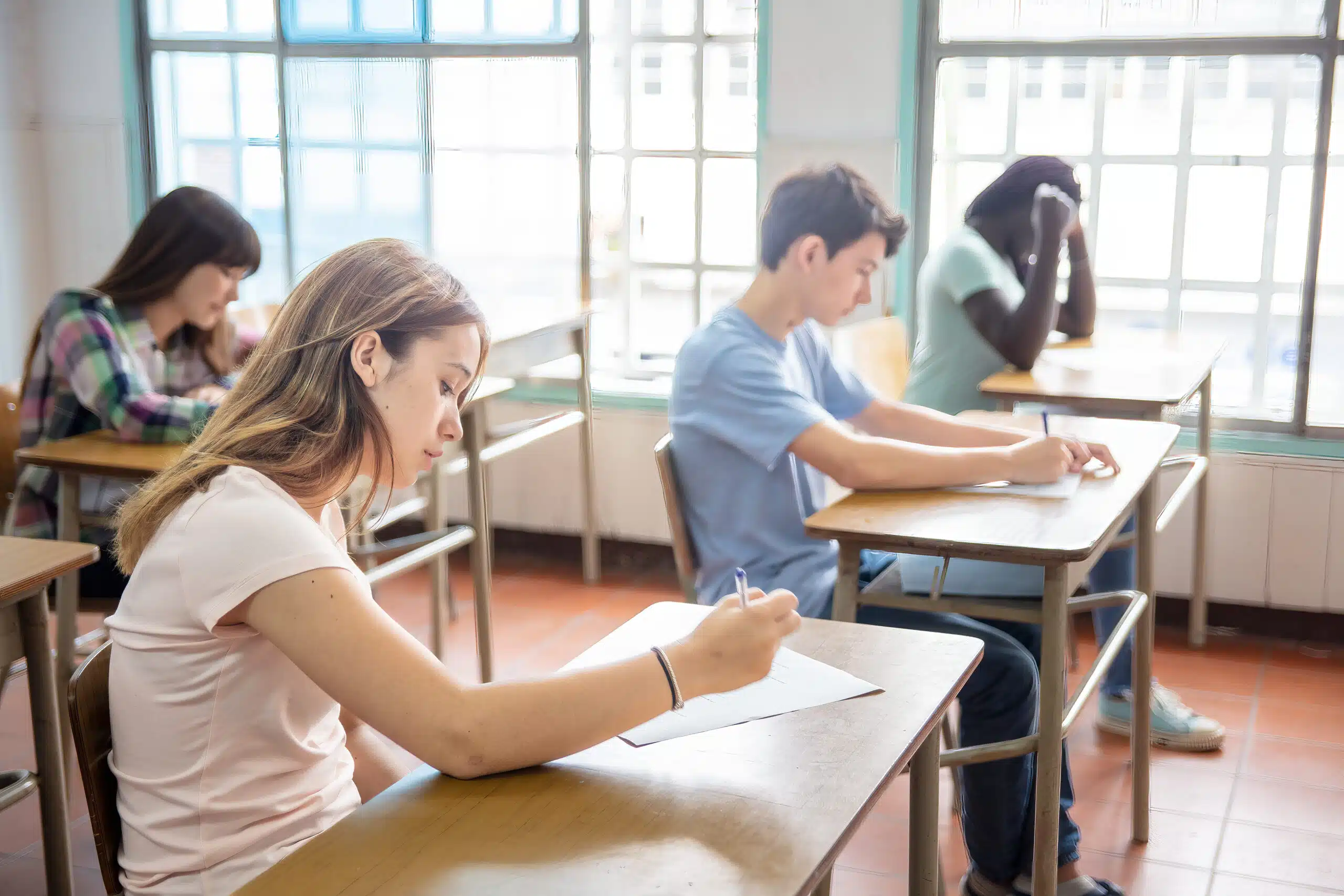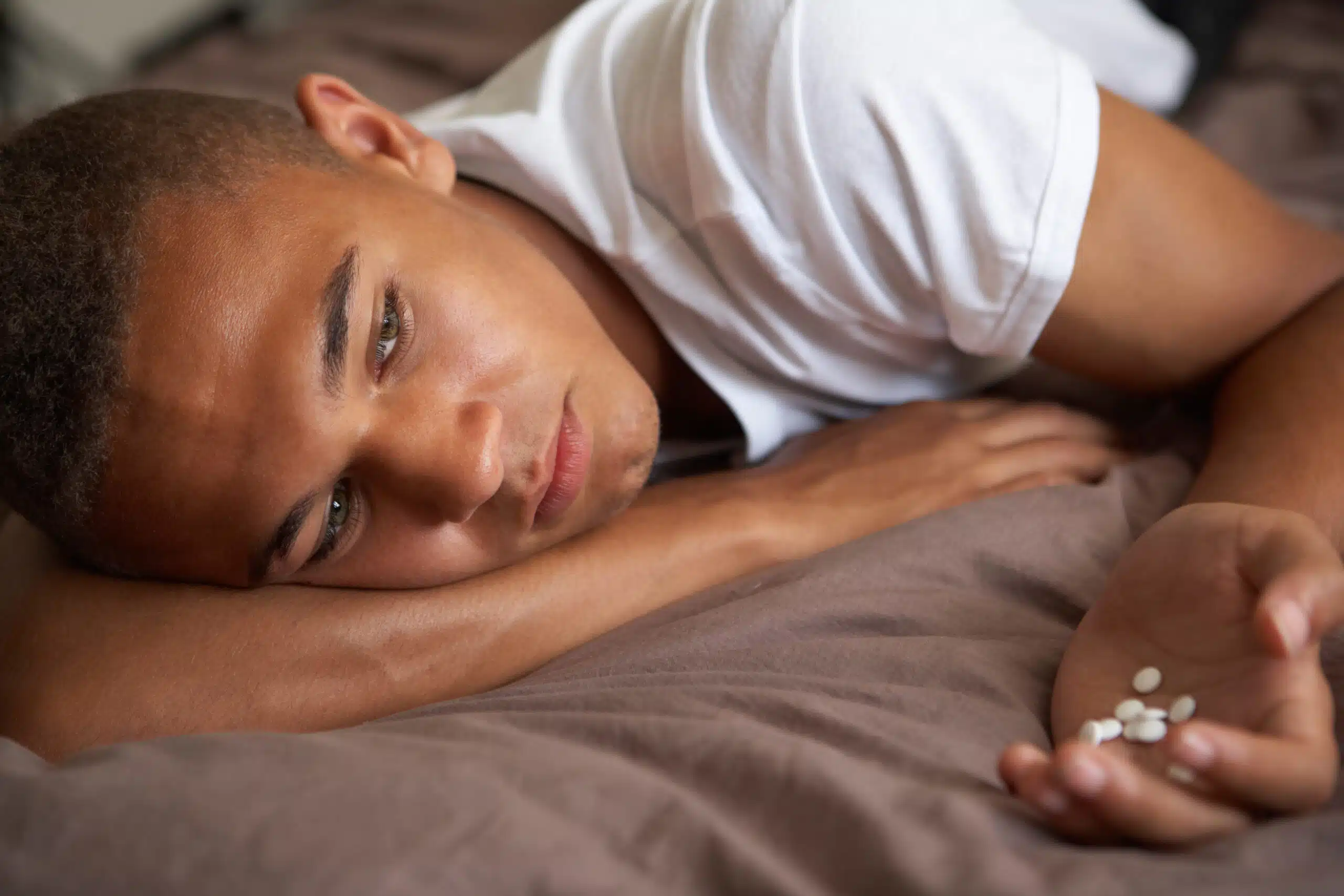
Why Does My Older Child Chew on Things?
Why Does My Older Child Chew on Things?
It can be confusing for parents to see their child still chewing on objects well past the toddler years. When this behavior continues, they may ask: Why does my older child chew on things? In many cases, the answer extends beyond simple habits—chewing can serve as a coping mechanism for managing stress, emotional regulation, or sensory processing. By examining the reasons behind this behavior, parents can garner a deeper understanding of what their child needs and how to provide proper support.
Beachside Teen offers comprehensive mental health treatment for teens in California. Call us now at 888-254-0916.
Reasons Why Older Children Chew on Things
Though chewing is typical in toddlers, it can be startling when older children continue to chew on non-food items, such as pencils, clothing, or erasers. However, this behavior is usually driven by a more significant meaning, rather than being just an unhealthy habit or temporary fixation. Many older children chew as a means of feeling or processing the external world as well as their own emotions. To appropriately address this behavior, it is crucial to understand the reason behind a child’s need to chew on items. The following are common answers to the question: Why does my older child chew on things?:
- Stress and Anxiety: In some cases, chewing is a way for children to self-soothe and calm themselves in times where they feel nervous, overwhelmed, or worried. This behavior often gives them a sense of relief or control when facing difficult emotions.
- Attention and Focus: The repetitive motion of chewing can make kids feel engaged or grounded. Therefore, they may chew when trying to concentrate in school or while doing homework.
- Emotional Regulation: Chewing may serve as a way for kids to release tension when struggling with powerful emotions such as frustration, anger, or boredom. It can help them to express or manage the feelings they cannot explain.
- Sensory Processing: Those with sensory processing differences may be more prone to chewing as it allows them to organize their sensory input, resulting in them feeling more balanced. It is a way to regulate how their body feels and may help them to calm themselves or to wake up and be more alert.
- Neurodevelopmental Disorders: Conditions such as ADHD or autism spectrum disorder often come with sensory-seeking behaviors, such as chewing. For these individuals, chewing might play a role in a larger pattern of behaviors that assist the child in navigating their atmosphere.
- Pica: It is possible for chewing or eating non-food items to be linked to pica—which can be concerning and requires a proper diagnosis.
- Habitual Behavior: Chewing can start out of a need for comfort and evolve into a habit. After it becomes a routine or pattern, a child may engage in chewing without realizing it.
- Underlying Mental Health Disorders: Chewing as a reaction to stress or anxiety or as a way to handle emotions may signify an underlying disorder such as anxiety or depression.
Does My Child Have Pica?
If your older child frequently chews or eats non-food items like paper, chalk, dirt, or fabric, you may begin to wonder if they have a condition known as pica. Pica is marked by a persistent craving and consumption of substances that do not have nutritional value. It can be associated with nutritional deficiencies, developmental disorders, or emotional stress. Though occasional chewing may be harmless, if the behavior spans into later childhood and involves non-edible materials, parents should seek a professional evaluation.
Is My Child Chewing on Things Because of a Mental Health Disorder?
Chewing on items such as clothing, plastic, or pencils can be a sign that your child is experiencing a condition that affects their behavior or sensory processing. It can be a way of self-soothing or emotional regulation in instances when a child feels stressed, overwhelmed, or anxious. Mental health disorders such as depression can be an underlying cause of chewing as this action may provide relief from emotional distress or be an outlet for managing feelings of apathy or stress. Furthermore, chewing can stem from an anxiety disorder as individuals may use it to cope with nervousness and worrying.
Additionally, developmental conditions such as ADHD and autism spectrum disorder (ASD) are often linked to sensory-seeking or repetitive behaviors like chewing. Chewing may be used to help them focus when overstimulated or cope when uncomfortable. For example, a child with ADHD might chew to help maintain focus and stay grounded. A child with autism may chew as a way to regulate sensory input.
If you notice that your child’s chewing is intense, frequent, or seems to be associated with their mood or behavior, you should seek a professional assessment. A medical or mental health professional can help to identify the cause of their chewing and provide strategies or therapies tailored to your child’s specific needs.
How to Stop Your Child From Chewing on Things
It can be concerning and even frustrating for parents when older children continue to chew on non-food items as it may impact their focus, draw unwanted attention, or damage their belongings. However, it is important to keep in mind that this persistent behavior is often linked to more serious issues. The key to mitigating this behavior in your child is to understand why they are doing it and how you can effectively help them. Below are some practical strategies for reducing or redirecting chewing behavior in older kids:
- Identify Triggers: Take note of when and where the chewing is most prevalent. This may be during stressful scenarios, overstimulating environments, or while at school or doing homework. Understanding triggers can help you identify the root cause of their actions.
- Offer Sensory Alternatives: Parents can try giving their child an alternative that helps satisfy their need to chew without doing damage. This may include a chewable necklace or pencil topper or other sensory objects that should not be chewed such as a fidget toy or stress ball.
- Openly Communicate: Talking to your child and validating their feelings and behaviors is essential. Do not shame them, but instead tell them that you understand and help them find healthier ways of coping.
- Teach Techniques for Self-Regulation: Teaching your child holistic strategies such as deep breathing, mindfulness, meditation, or exercising can help them learn healthy ways to calm themselves.
- Seek Professional Support: Consult a healthcare professional to help address the underlying causes of your child’s chewing. This may include adolescent mental health treatment.
- Offer a Nurturing Atmosphere: Create a supportive environment for your child that reduces potential stress, encourages routine, and provides them with a sense of control.
Find Adolescent Treatment Programs in Malibu, CA
It can be challenging for parents wondering: Why does my older child chew on things?, as this behavior can cause damage and distress. Thankfully, proper treatment can help your child move past this pattern and establish more positive coping mechanisms. Beachside Teen offers comprehensive support for those aged 12-18 facing behavioral and mental health disorders. Our experienced staff offers a compassionate and dedicated approach that encourages sustainable changes that result in long-term healing. To learn more about how we can help you and your child, give us a call or visit our admissions page today.
At Beachside Teen, we’re committed to supporting adolescent mental health through evidence-based approaches appropriate for developing minds and bodies. If you or your teen needs guidance, please reach out to our team at 888-254-0916 or verify your insurance to learn about our comprehensive adolescent mental health services.




